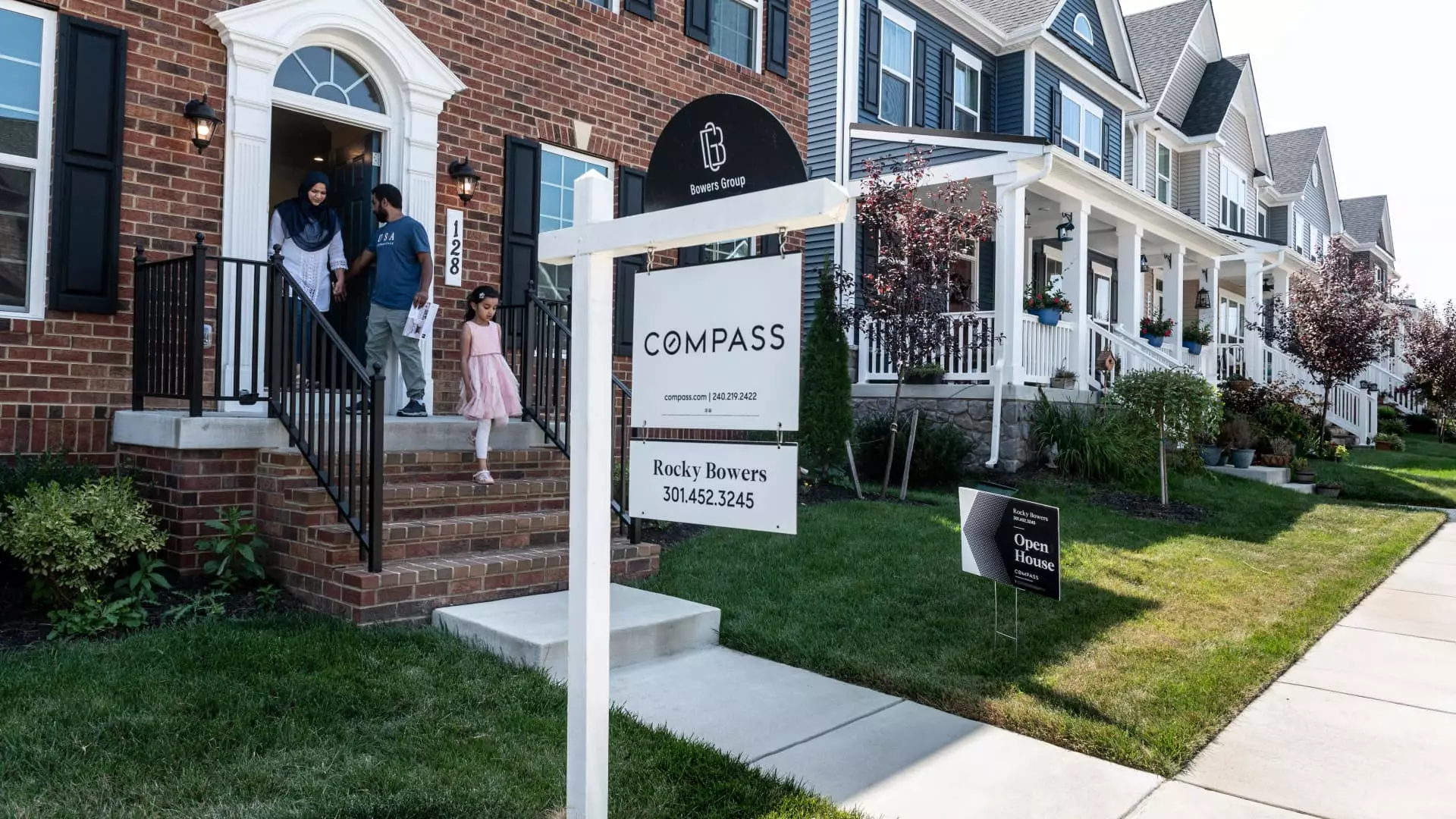The U.S. housing market is currently navigating troubled waters, with numerous factors converging to create a challenging environment for both builders and prospective homeowners. The situation has been exacerbated by high mortgage interest rates, a limited availability of existing homes, and escalating home prices. Recently, the imposition of tariffs on key building materials has intensified these difficulties, raising concerns among industry stakeholders about the implications for construction costs and housing affordability.
In recent months, tariffs have come into play, particularly affecting softwood lumber and gypsum, essential materials used in home construction. Approximately 30% of the softwood lumber consumed in the United States is sourced from Canada, while gypsum is largely imported from Mexico. The tariffs imposed by the previous administration, specifically a 25% levy on goods from these two countries, have the potential to significantly increase the cost of construction materials.
Experts in the housing industry, such as Carl Harris from the National Association of Home Builders, have highlighted that these tariffs act as a double-edged sword. They not only raise the prices builders must pay for materials but also, ultimately, drive up home prices for consumers. With home prices already surging—over 40% higher since the pandemic began—these additional costs could worsen the affordability crisis, particularly for first-time buyers struggling to enter the market.
Recent data from the S&P CoreLogic Case-Shiller national home price index indicates that home prices continued to appreciate, with an annual increase of 3.8% recorded. This figure represents a slight uptick from the previous month and reflects a persistent trend of escalating home prices that show no signs of abating. The imposition of tariffs on building materials could further strangle affordable housing options for buyers, particularly those entering the market for the first time.
Housing policy analysts, such as Jaret Seiberg from TD Cowen Washington Research Group, have shared insights on how the tariffs might catalyze a reaction from Congress. There is hope that lawmakers may expedite policies designed to stimulate new construction, focusing on supporting entry-level housing projects. The NAHB has called on the administration to exempt building materials from the tariffs, arguing that a balanced approach is needed to foster increased housing supply.
While the direct effects of tariffs are most pronounced in the domain of new home construction, the existing housing market will also feel the repercussions. A rise in construction material costs can compel builders to raise home prices, limiting potential buyers’ purchasing power. With consumers already facing high interest rates, escalating material costs could create a vicious cycle, making homeownership even less attainable.
Additionally, the ramifications extend beyond mere pricing. A significant labor shortage has plagued the construction industry, which has been compounded by immigration policies that have resulted in the exodus of undocumented workers. An estimated 30% of construction labor is comprised of immigrants, many of whom may not have legal status. This has led to a precarious situation where a sector reliant on skilled labor faces increasing challenges in meeting demand.
Moreover, the financial landscape is further complicated by inflationary pressures that may be worsened by tariffs. There is concern that rising costs across various sectors of the economy could lead to an increase in interest rates, which would severely hinder consumer spending power. As the spring market approaches, the layering of economic difficulties, alongside consumer perceptions of wealth and stability, presents a precarious challenge for many potential buyers.
Looking ahead, the interplay between tariffs, inflation, and the housing market will be critical in shaping the landscape for builders and consumers alike. While there is a possibility for congressional action to alleviate some of the pressures related to tariffs, the immediate future remains uncertain. Stakeholders in the housing industry must remain vigilant and adaptable as they navigate a complex and evolving environment marked by both opportunities and challenges.
With the current strain on the U.S. housing market exacerbated by tariffs on building materials, a multifaceted crisis is unfolding. The consequences span from increased construction costs to diminished affordability for homeowners, and the effect of these tariffs will resonate through the entire economic landscape.


Leave a Reply